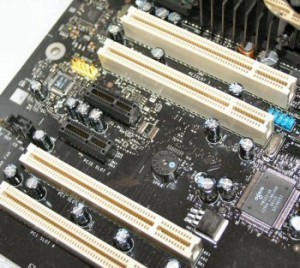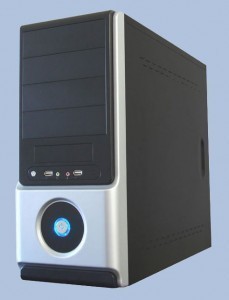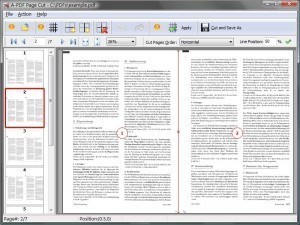PCI Express Slot Dimensions
PCI Express slot sizes are classified according to the form factors.  There are four sizes: x1, x4, x8 and x16. The PC Express card (or PCIe) is 32 bits wide.
There are four sizes: x1, x4, x8 and x16. The PC Express card (or PCIe) is 32 bits wide.
PCI Express General Characteristics
The capacity of the card varies per lane. For v1.x it is 250 MB/s; for v2.0 it is 500 MB/s, for v3.0, 1 GB/s. The specifications for the 16 lane slots are as follows: for the v1.x, it is 4 GB/s, for the v2.0, 8 GB/s and v3.0, 16 GB/s. Obviously, the specs for the PCIe has changed for each PCIe generation.
Note: PCI Express slot sizes can accommodate only cards that are designed for it. It is also possible for slots to have fewer lanes that can actually fit in. For example, an x8 slot can operate at x1. 8x and other cards can be used but it can only run at a specified speed.
Speed
For the 1.x, the clock speed is 1.25 GHz; the transfer rate is 2.5 GT/s and the overhead is 20%. The data rate is 250 MB/s. For PCIe 2.0, the clock speed is 2.5 GHz. The transfer rate is 5 GT/s and the overhead is 20%.
The data rate is 500 MB/s. For version 3.0, the clock speed is 4 GHz; the transfer rate is 8 GT/s, the overhead is 1.5% and the data rate is 1 GB/s.
PCI Express Mini Card
The PCI Express slot size for laptops are built specifically for PCI Express Mini Cards. Developed by the PCI-SIG, it is USB 2.0 compatible. The PCI Express Mini Cards themselves measure 30 × 50.95 mm. There is also a 52 pin edge. These cards also have two rows set on a 0.8 mm pitch. There are 16 contacts on the rows.
There is also a half length card (30 × 26.8 mm). The cards are all 1 mm thick. Among the buses and connections are USB 2.0, wires to diagnostics LEDs, and SIM cards for GSM. They also have SMBus and the PCIe ×1.
Derivatives
Since the PCIe appeared, numerous card variants have appeared. Most of these are compatible with the existing PCI Express slot size. They include low height cards, the XMC and the ExpressCard. The ExpressCard is the replacement for the old form factor.
The PCI ExpressModule is a form factor designed for workstations. The AdvancedTCA is used together with the CompactPCI for specialized applications. The AMC is employed with AdvancedTCA in procedures involving I/O modules on ATCA boards.
The specifications for the PCI Express 3.0 are due by March 2010. Among the features expected to be implemented are clock data recovery, channel modifications and improving the PLL.
The bit rate will be set to 8 gigatransfers per second. By comparison, the PCI 2.0 was able to relay 5 GT/S but used a 8b/10b encoding scheme. The PCI 3.0 will double this rate.
The PCI Express slot sizes in most computers are compatible with the numerous card types that are in the market. How these slots will be affected by new developments in PCI Express cards remains to be seen.





